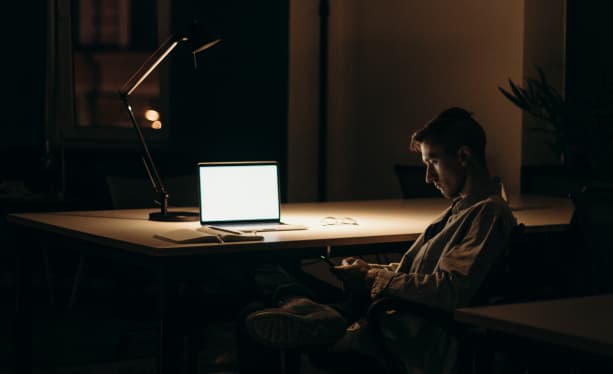
According to Pornhub’s latest statistics, people watched 4,392,486,580 hours of porn on PornHub’s site in 2015. Yes, that is over 4 billion hours . . . of porn . . . on one site.
While I am not naive to the prevalence of pornography, I still couldn’t help but feel shocked and I immediately thought, how does watching over 4 billion hours of porn (on a single site, mind you) impact our society?
Some research says it’s a good thing. There is a line of studies that make the “cathartic” argument, which basically claims consuming pornography reduces the desire to commit a sexual crime by providing a safe outlet for deviant desires. Milton Diamond, director of the Pacific Center for Sex and Society at the University of Hawaii at Manoa, takes it a step further and asserts there is “absolutely no evidence that pornography does anything negative.”
Well, Milton, that’s not true, but before I get to that I want to look at the “cathartic” argument a little more closely.
There are two points to the “porn decreases sexual violence” argument:
(1) as porn has become easier to obtain the percentages of sexual violence have decreased; and
(2) the support connecting porn to sexual violence is based on correlation, not causation. The issue is, of course, that those who hold this view are failing to connect the two arguments, since argument
(1) doesn’t hold any weight in light of argument
(2). There is no evidence of causality in regards to the increase of porn and the decrease of sexual violence.
There could be a million reasons as to why sexual violence has decreased, and no proof that easier access to porn has affected the decrease.
Now, does watching porn cause sexual violence? No, but that doesn’t mean there isn’t a connection between the two, in fact, we know there is. For instance, 9 out of 10 rapists admit to using pornography on a regular basis. There is also evidence of a connection between sexual violence and violent pornography. One study asserts 28% of respondents who had been sexually abused reported their abuser used pornography during the act of violence, and 12% reported that they were forced to imitate pornography during their abuse. Another study shows that adolescents who view pornography are more likely to bully via physical and verbal sexual aggression, and participate in sexually violent acts. The study also found that pornography use was a good predictor of sexual violence. Moreover, about half of the most-purchased porn contains verbal aggression, and 88% contains physical aggression toward women.
So, it would seem like there’s a strong connection between porn and sexual violence, but what does this have to do with Millennials? A lot, actually. According to Pornhub, 60% of their audience is Millennial, and more women in our generation watch pornography than women in any other generation. This, in my mind, is a huge cultural setback.
We were supposed to be the generation that brought about gender equality.
All studies aside, we should be able to — on mere reason alone — understand how pornography affects the world, specifically women. Porn has always been a medium that improperly portrays and degrades women. As stated, there is proof of this, but we should be reasonable enough to understand it, and brave enough to say it.
Making matters worse, Millennial women are now participating at a record number in media that has demeaned them for years. This is problematic when Millennial-aged women are especially at risk of sexual abuse. 80% of of those who have been sexually abused are under the age of 30, and one in five women will be sexually assaulted in college.
Here is one last stat for you: 293,066. This is the approximate number of victims over the age of 12 that will be sexually abused in 2016 — about 1 person every 107 seconds.
It is clear that pornography is hurting society, yet our generation is supporting it in record numbers.